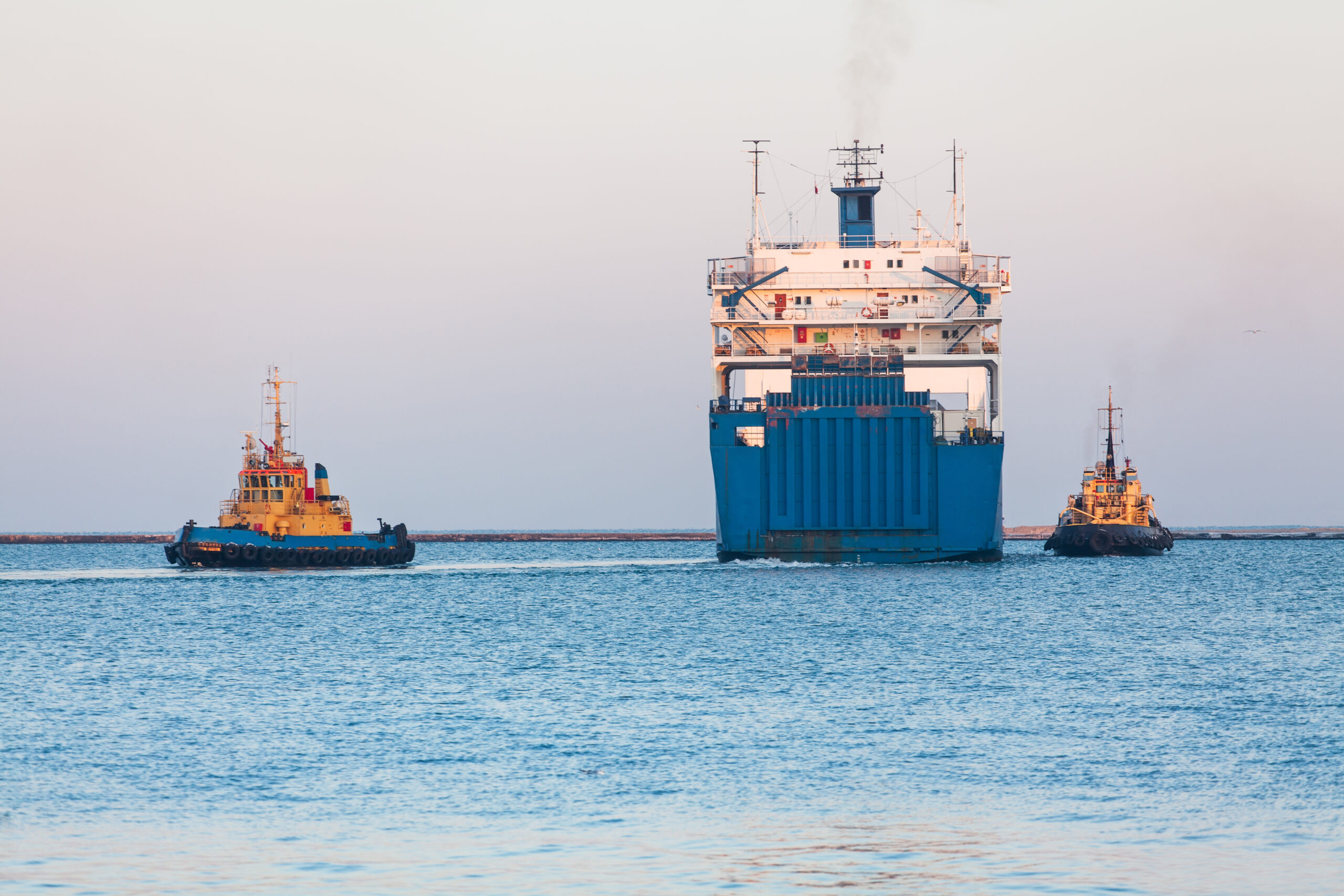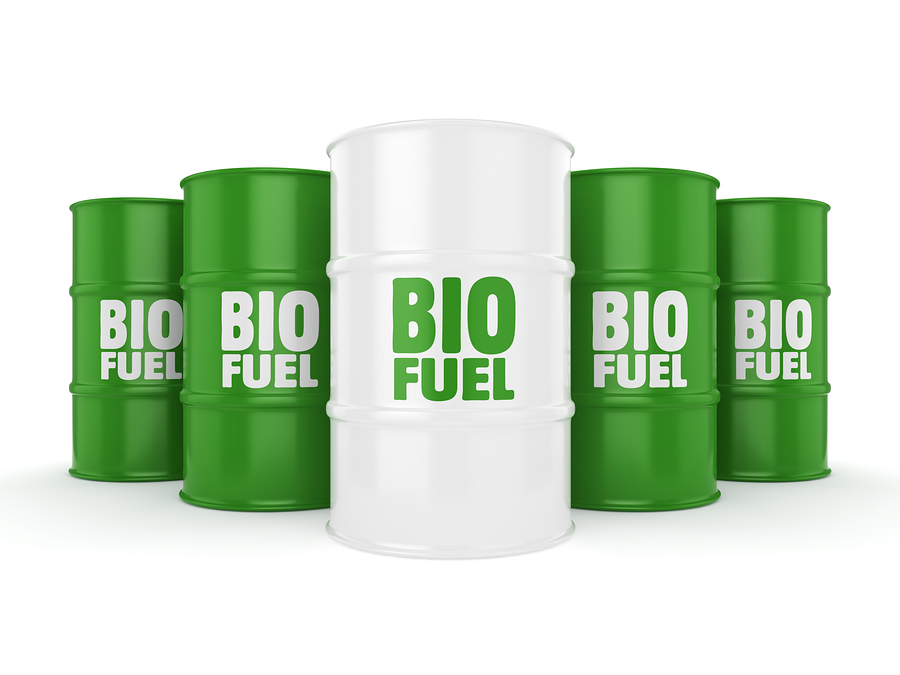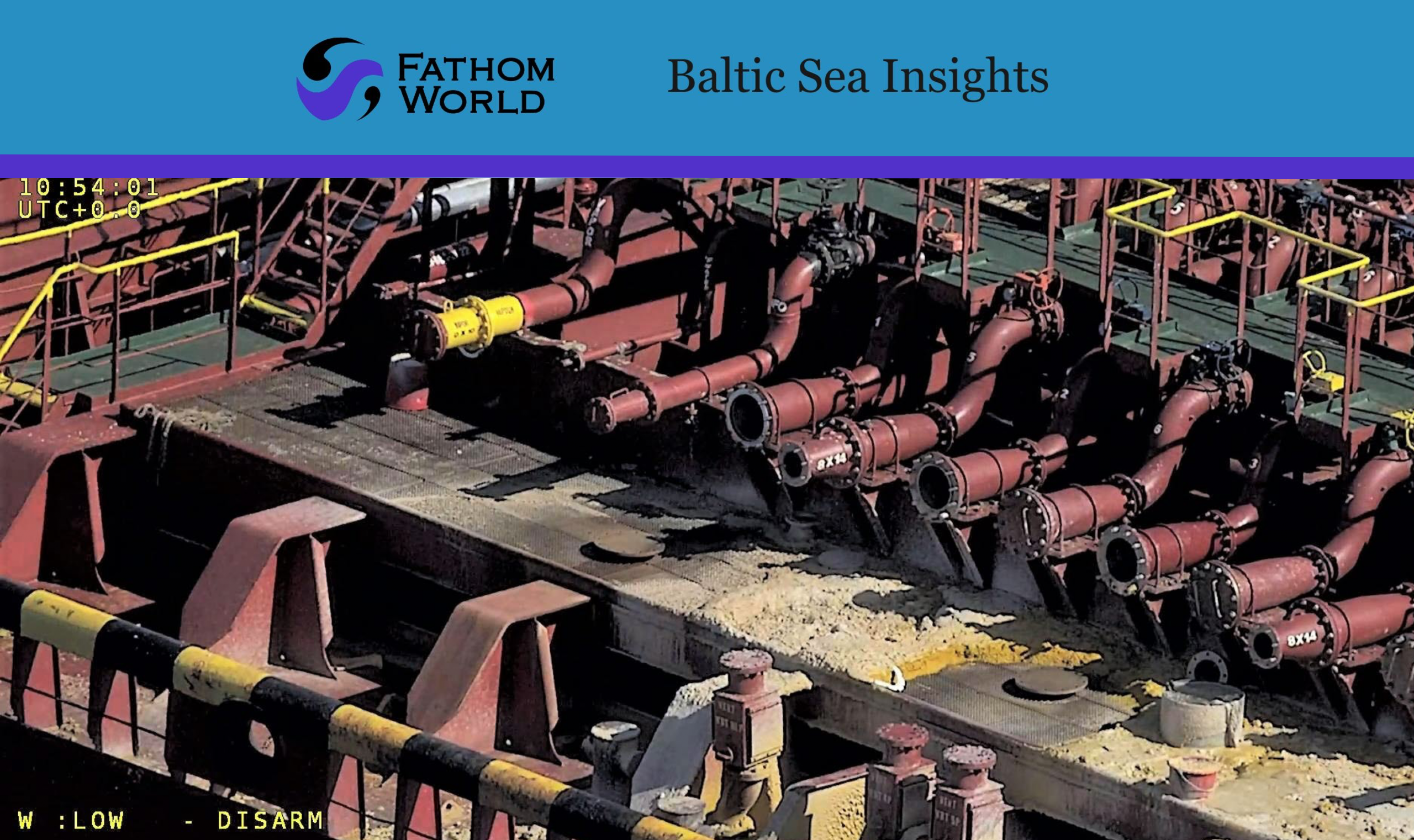33 ships now using biofuels to be sulphur compliant
By the end of 2022 there were 4,194 ships with exhaust gas cleaning systems installed. The number comes from the annual report by the International maritime Organization into its efforts to monitor the impact of the 2020 global sulphur cap.
Exhaust cleaning systems, known as scrubbers, remove sulphur oxides from a ship’s exhaust. Largely installed as retrofits on existing ships these large industrial installations they led to controversy as many of them remove the sulphur oxides by spraying a cleaning liquid through the exhaust and this is then discharged overboard.
The international regulations on sulphur in fuels evolved due to recorded health and environmental risks from exhaust fumes.
This has led to a stepped increase in restrictions on the amount of sulphur in fuel, with the result today that vessels in emissions control areas must use a fuel of 0.1% or less sulphur content, and in the rest of the world (from 2020) the limit is 0.5%.
The 4,194 vessels reported as using scrubbers is up by 429 from the 3,765 a year earlier, but shows a year on year drop in rising numbers, with 604 additional vessels between 2012 and 2022 data.
The report also notes that 33 vessels are using biofuels as a means to meet the sulphur in fuel regulations, compared with only three a year ago.
The sulphur in fuel statistics show that shipping has largely been compliant with the regulations. Of over 118.4m tonnes of residual fuel and 16.6m tonnes of distillate fuels the fuels that should be under 0.1% for use in an ECA were on average 0.06% and for use in global waters where the fuel should have a sulphur content less than 0.5% the average was 0.46%. And for vessels using scrubbers the average sulphur in the fuel is 2.73%.
Sulphur scrubber technology is now evolving with manufacturers investing in developing similar systems to potentially remove carbon dioxide emissions from a ship’s emissions.


































